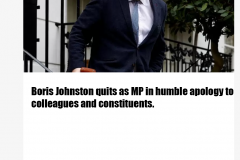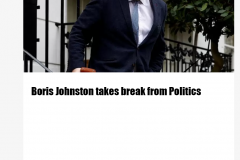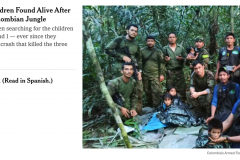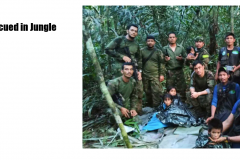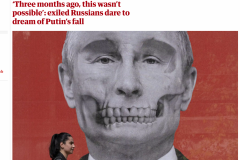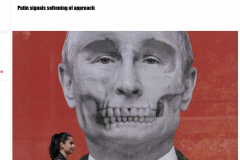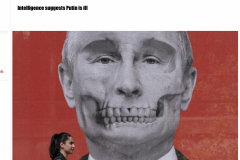Exercise 4: Alternative Interpretations
Over the space of a few weeks gather newspapers that you can cut up, preferably including a mixture of different political points of view. Have a look through and cut out some images without their captions. You could choose advertising images or news. For each image, write three or four different captions that enable you to bend the image to different and conflicting points of view.
- What does this tell you about the power of text and image combinations? Now write some text that re-contextualises these images and opens them up to alternative interpretations. Write some notes in your learning log about this exercise.
- How might you use what you’ve learnt to add a new dimension to your own work?

1. Directional-unambigiously explians the content of the image e.g. Eiffel Tower, paris, France could be a directional text for an image of the Eiffel Tower.
2. Orientation-orientates or locates the image-gives it context but doesnt direct its meaning. For example, an image of Liverpool fans in the Kop singing might read Liverpool Fans, Anfield.
3. Complementary-creates meaning between the image, text and viewer.
A good example is the series of images about the Northern Ireland troubles titled ‘Sectarian Murder’
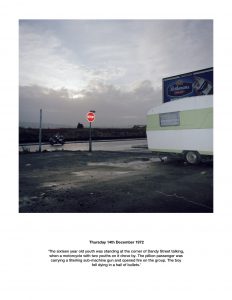 by photographer Paul Seawright. He revisited locations of sectarian murders, photographed them as they are today and used excerpts from press reports at the time of the murders. This use of text and image creates a space between the viewer and the image that they have to fill in and as a result, makes for a very powerful and arresting series of images.
by photographer Paul Seawright. He revisited locations of sectarian murders, photographed them as they are today and used excerpts from press reports at the time of the murders. This use of text and image creates a space between the viewer and the image that they have to fill in and as a result, makes for a very powerful and arresting series of images.
The relationship between text and photograph is complex and multifaceted. Different combinations of text and images can produce a wide range of meanings, interpretations, and emotional responses. In news media, the political intention or affiliation behind the use of text with a photograph can further shape the impact of the combined elements.
This gives the photographer an extended set of creative options when creating images or a series of images. It also contributes to the malleability of photographs, is extremely useful creatively but must be used both responsibly and ethically when used in say, advertising or photojournalism.

‘1945, Belsen, A Dutch Jewish Boy walks through the camp’. ”A small boy strolls down the road lined with dead bodies near camp at Belsen’.
Mark Sealy, in his book, Decolonising the Camera: Photography in Racial Time, highlights an example of a photograph published in Time magazine’s famous ‘Atrocities’ issue in Sept 1945. The image was taken by George Rodger and in the magazine is titled ‘A small boy strolls down the road lined with dead bodies near camp at Belsen’. In Rodger’s notes, which editors would have seen, it reads, ‘1945, Belsen, A Dutch Jewish Boy walks through the camp’. This difference has had a huge impact on both the meaning and import of the image. Indeed, in some instances, the image said that the boy was German. In this example, the title has a profound impact on the reading and meaning of the image, as did its context in an edition of Life magazine called the ‘Atrocities Edition’
The learnings and new dimensions for my work include:
- The joint creative power of words and images. There is a lot to play with-I can direct the meaning or leave it ambigious or evn make it abstract.
- The image word combination has (for me) almost equal creative status in final consideration for the work
- Text can add layers of meaning to visual elements within an image
- Text can manipulate and distort meaning if you want it to
- Opens up possibilities for poetic compositions through the interplay between the visual and textual elements creating emotional and symbolic compositions.
- Can also contextualise and situate an image-flicking through my family images with notations on the back or beside the images add to their value
- As artists we also have a responsibility when using text and images. An images maellability can be amplified through text
References
Seawright, Paul, Sectarian Murder, https://www.paulseawright.com/sectarian accessed 7/06/2023
Sealy, Mark, 2019, Decolonising the Camera: Photography in Racial Time, London,Lawrence and Wishheat Ltd



